Latest News
Italy Gambling Market to Worth Over US$ 66.85 Billion By 2033 | Astute Analytica
Italy’s gambling market thrives on centuries-old cultural acceptance, driving cross-generational participation and tourism-led revenue. Digital transformation via mobile platforms and VR immersive experiences fuels growth amid rising competition and regulatory scrutiny.
As per the newest research from Astute Analytica, the Italy gambling market was valued at US$ 24.08 billion in 2024 and is expected to US$ 66.85 billion by 2033, growing at a CAGR of 12.21% during the forecast period 2025–2033.
As of March 26, 2025, Italy’s gambling market remains one of the most robust and well-established in Europe, characterized by a mature regulatory framework and significant economic contributions. The industry is poised for continued growth and modernization, driven by a combination of regulatory reforms, a strong online segment, and a culturally ingrained enthusiasm for gaming among Italians.
The Italian gambling market is highly structured, overseen by the Agenzia delle Dogane e dei Monopoli (ADM), which ensures legality, security, and consumer protection. This growth underscores the industry’s entrenched position, particularly in the digital space, where user penetration is anticipated to be 6.4% in 2025, with the number of users expected to climb to 4.3 million by 2029. The regulatory environment is a cornerstone of the industry’s stability. In 2024, Italy launched a new nine-year licensing regime for online gambling, part of a broader reorganization aimed at enhancing oversight and boosting tax revenues. This regime, effective as of late 2024, includes 50 new licenses tendered at a cost of EUR 7 million each, with operators required to pay an annual fee of 3% of their Gross Gaming Revenue (GGR) net of taxes and invest 0.2% of GGR in responsible gaming initiatives. This overhaul, building on the extension of licenses to December 31, 2024, under the 2023 Budget Law, reflects Italy’s commitment to maintaining a controlled yet lucrative market. Phase 2 of these reforms, set for 2025, will address land-based gambling and potentially revise the 2019 Dignity Decree’s advertising ban, signaling adaptability to market needs.
The online segment, including sports betting and casino games, dominates revenue streams, with sports betting—particularly soccer—remaining a cultural and economic powerhouse in the Italy’s gambling market. Operators like Lottomatica, Sisal, and Snai lead the market, benefiting from a transparent concession-based system that welcomes both domestic and foreign players. The ADM’s efforts to combat illegal gambling, such as blocking over 9,800 unlicensed sites in 2023, further solidify the regulated market’s strength, though a significant black market persists, estimated at EUR 25 billion annually.
Key Findings in Italy Gambling Market
| Market Forecast (2033) | US$ 66.85 billion |
| CAGR | 12.21% |
| By Type | Casino (46.48%) |
| By Channel | Offline (56.60%) |
| By Payment Method | Credit Card & Debit Card (43.73%) |
| By End Users | Gambling Enthusiasts (63.80%) |
| Top Drivers |
|
| Top Trends |
|
| Top Challenges |
|
Regulatory Developments And Licensing Framework Transforming Italy Gambling Market Structure
Regulatory policies anchor the Italy gambling market, blending economic opportunity with consumer safeguards. In 2006, the Italian Parliament enacted Law 266, clarifying licensing rules that catalyzed an influx of 320 authorized operators by 2008. Measures to ensure fair play included employing 2,100 compliance inspectors by 2011, just as online gambling legislation took shape. That same year, 83% of prospective digital operators aligned with updated statutes, and 6,000 enforcement actions followed against unlicensed entities by 2015. Official estimates in 2020 indicated gambling-related revenue equaled 0.72% of GDP, reinforcing how legalized frameworks stabilized the industry. The AAMS transitioned into the ADM, standardizing oversight while raising licensing fees to 250,000 EUR per approved applicant by 2022. Thorough inspections reached 1,200 site checks monthly, while 12 specialized courts resolved gambling disputes. Self-exclusion measures expanded to 85,000 registered users by 2023, in parallel with 15 fresh legislative reforms streamlining operator advertising.
Licensing fosters accountability, a fact underscored by 14,000 individuals supporting ADM’s nationwide monitoring efforts in the Italy’s gambling market. Public trust soared, as 87% of Italian bettors recognized the significance of authorized seals. Responsible gambling gained traction, with 50 million EUR channeled annually into awareness programs and 7 public-private partnerships funding addiction research. Operators maintained stringent practices, reflected in 12,000 monthly age-verification checks. By 2025, 92% of all gambling revenue is forecast to emerge from licensed channels, shaped by stable rules and balanced incentives. Local governments projected 11 billion EUR in gambling taxes funneling into social programs. Meanwhile, renewal rates topped 90%, aided by rigorous data protection that capped fraud at 0.018% per thousand card transactions. Five upcoming bills aim to bolster consumer privacy, refine sports marketing, require heftier operator bonds, and integrate advanced tech solutions. Altogether, 850 licensed operators remain pillars of this regulated ecosystem, sustaining consistent economic and social benefits.
Analyzing Online Sector Growth And Evolving Consumer Behavior In Italy
Online wagering reshaped Italy’s gambling market, propelled by robust connectivity and changing lifestyles. By 2015, roughly 8.5 million adults explored web-based betting, climbing to 12.2 million by 2019. Widespread smartphone usage accelerated this transition, with mobile app engagement rising to 71%. As of 2023, Italy recorded 2.6 million monthly mobile-first bettors, many favoring real-time sports odds where 64% of bets occurred in-play. Sign-up bonuses drove 1 in 3 new users, while credit and debit cards dominated 43.73% of payments thanks to speed and convenience. Market watchers estimated 18.3% of the country’s total gambling activities shifted online, aided by the entry of 47 virtual operators between 2020 and 2023. Intensified competition, combined with a minuscule 0.018 fraud rate per thousand card transactions, preserved consumer trust.
Platform innovations are equally influential in the gambling market. Around 74% of bettors prefer portals offering live match streaming, and 60% of these sites employ data analytics to help refine user choices. Loyalty clubs reached 980,000 active memberships, signifying how personalized bonuses entice players to remain. Virtual reality casinos rose by 37% in 2024, attracting users craving immersive experiences. Payment integration continues advancing, with 85% of Italy’s online gambling sites accepting instant transfers. E-wallets are projected to outpace prepaid vouchers by 2025 as digital readiness grows. Furthermore, 7% of operator revenue funds analytics that support tailored marketing. Roughly 28% of new accounts originate via influencer or affiliate links, underlining effective brand awareness strategies. These evolving preferences and technological capabilities indicate strong momentum. Observers anticipate further 5.5% annual growth as broadband penetration intensifies, fueling a progressively adaptable online ecosystem.
Offline Gambling Significance And Social Dimensions Driving High Demand Nationwide
Despite digital expansion, land-based venues sustain a crucial role in the Italy gambling market, reflecting local traditions. In 2023, 3,800 licensed betting shops provided a comprehensive footprint from metropolitan centers to rural areas, accommodating broad player demographics. Gaming arcades recorded 7.5 million walk-ins during the first half of the year, reaffirming the enduring appeal of in-person experiences. Multifunctional betting cafés, now totaling 1,200, processed up to 180 wagers daily during peak sporting events. Traditional lottery stands—6,500 strong—captured loyal weekly participants seeking the tangibility of paper tickets. Observers note that 65% of surveyed bettors cite camaraderie and live interaction as prime reasons they prefer offline options. Moreover, 83% of these establishments integrate digital terminals to attract younger populations without losing the communal spirit.
Social engagement underscores offline resiliency. Approximately 2,300 patrons frequent top-tier venues daily, drawn by real-time sports broadcasts and celebratory atmospheres in the gambling market. Arcades reported a 26% revenue climb after adopting loyalty e-cards in 2022, while local bookmakers attach promotions to 72% of Serie A matches. Age data indicates players aged 35 to 55 sustain the bulk of foot traffic, demonstrating gambling’s intergenerational acceptance. Growth projections suggest a 1.2% yearly increase for physical gaming, modest yet reliable compared to digital’s boom. Around 38% of bettors appreciate tangible betting slips and immediate pay-outs, reinforcing in-person trust. On average, players linger 2.3 hours at offline establishments, nurtured by personal contact and prompt staff assistance. The synergy between tradition and technology ensures offline shops remain a resilient counterpart to Italy’s flourishing online realm.
Casino Segment Leadership Hospitality Trends Shaping Revenue Dominance In Italy
Casinos continually command significant market share, merging Italy’s gambling market heritage with modern entertainment. By 2025, the country hosts 42 licensed casinos, which recorded 9.2 million gaming sessions in 2024 alone. Over 14,000 employees, including multilingual croupiers and concierge staff, sustain robust operations in famed locales like Venice, Sanremo, and Campione d’Italia. Member programs have expanded to 95,000 VIP registrations, illustrating strong loyalty. Some properties feature over 200 slot machines and 20 card tables, while refined dining precincts and stage shows create immersive vacation packages. Partnerships with 200 tour operators mean 2.1 million annual visitors integrate casino stops with cultural itineraries. Rigorous oversight includes up to 3 audits per venue per year, preserving fair play. Collectively, top-tier attractions see around 2,300 guests daily.
Hospitality integration remains pivotal. Five-star resorts linked to casinos now offer 960 premium rooms, appealing to visitors seeking a holistic stay. High-value patrons often spend over €2,400 per session, a factor that enlarges operator profit margins in the gambling market. Favorable regulation cements trust, enabling an 88% retention rate among these luxurious segments. Seasonal promotions—during Easter or Christmas—yield about 28% of monthly revenues. Around 60% of customers cite local cuisine as an integral part of their casino experience, demonstrating how gourmet traditions intersect with gaming. Surveys reveal four of five foreign tourists prefer Italian casinos to other European alternatives, crediting ambiance and diversified entertainment. Government data pinpoints 2.3 billion EUR in annual Gross Gaming Revenue for this segment. Experts forecast 3.2% annual growth over the next three years, supported by synergy between heritage, leisure, and technology-driven refinements.
Games Payment Preferences And Technological Advancements Boosting Italy Gambling Growth
A versatile array of games, payment methods, and emerging technologies propels Italy’s gambling market forward. Slot machines still generate about half of overall gambling earnings, reflecting longstanding popularity. Poker maintains a strong following, evidence being 620 annual tournaments that attract domestic and international players. Sports betting thrives on football fervor, with over 2,000 matches each year influencing real-time wagers. Credit and debit cards process 43.73% of transactions, leveraging a 57.9% adoption rate of credit cards among adults. Card security remains commendable, with only 0.018 incidents of fraud per thousand transactions. Meanwhile, nearly 9.7 billion card-based transactions were documented in 2024 across multiple sectors, underscoring Italians’ digital-savvy habits. Around 74% of leading operators offer mobile-responsive interfaces, engaging a user base that prioritizes flexible, on-the-go fun.
Continuous tech improvements have spurred new horizons in the gambling market. Approximately 37% of gamblers explored virtual reality options in 2024, captivated by immersive 3D experiences. E-wallet use reached 19% by late 2024, rapidly advancing toward surpassing prepaid vouchers. Some 85% of licensed platforms now accept near-instant bank transfers, reflecting consumer expectations for swift deposits and withdrawals. Mobile apps featuring live dealer streaming abound, with 60% offering real-time croupier interactions to replicate a land-based ambiance. Analytics budgets rose by 16% among top operators as they capitalize on user data for personalized promotions. Experts report that 28% of sign-ups originate through affiliate or influencer endorsements, spotlighting digital marketing’s influence. Industry forecasts project further expansion, with 46% of gamblers anticipating heightened “gamification” features in upcoming offerings. This blend of dynamic payment preferences, advanced platforms, and evolving gameplay ensures Italy continues to spearhead innovation in Europe’s gambling sphere.
Tourism Influence And Overall Economic Impact On Italy Gambling Market
Tourism remains integral to Italy’s gambling market, as visitors often link sightseeing with gaming pursuits. In 2023, around 7.6 million international arrivals included at least one casino stop, each allocating an average gaming budget nearing 340 euros. Approximately 200 travel agencies package gaming with cultural site tours, and 2.1 million specialized city excursions revolve specifically around gambling hotspots. Prime locales like Milan, Rome, and Venice see nearly 68% of foreign guests trying at least one bet. Cross-border day trips also boost consistent demand. Taxes contributed by legalized gambling climbed to 11 billion EUR in 2024, funding social and infrastructural programs. Five-star resorts offer 960 rooms tied to casino complexes, generating thousands of hospitality jobs and further deepening local economies.
Indirect benefits spread widely. Roughly 23,000 hospitality workers underwent cross-training for gaming-related services, streamlining synergy between hotels and casinos. Surveys in the gambling market indicate 3 in 5 visitors purchase local items following gambling activities, underscoring tourism’s spillover effect. Average stays among these travelers extend to 4.5 days, exceeding the duration of non-wagering tourists. More than 200 provincial locales capitalize on gaming foot traffic, boosting short-term accommodation bookings by 19% during marquee casino events.
Italy Gambling Market Major Players:
- Bet365
- Lottomatica
- Sisal Group
- Eurobet
- Skybetting & Company
- Snai
- Other Prominent Players
Key Segmentation:
By Type
- Sports
- Fixed Odds Sports Betting
- Pari-Mutuel Betting (Horse and Dog racing)
- In-Play/Live Betting
- Exchange Betting
- Spread Betting
- Others
- Casino
- Blackjack
- Baccarat
- Teen Patti
- Three Card Poker
- Four card poker
- Red Dog
- Others
- Lottery Games
- Scratch-offs
- Bingo
- Keno
- Electronic Gaming Machines
- Others
By Channel Type
- Offline
- Casinos
- Betting shops/halls
- Arcades
- Bookmakers
- Online
- Virtual Game
By Payment Method
- Credit and debit cards
- E-wallets
- Prepaid cards and Vouchers
- Bank Transfers
- Cryptocurrencies
- Others
By End User
- Gambling Enthusiast
- Dabblers
- Others
The post Italy Gambling Market to Worth Over US$ 66.85 Billion By 2033 | Astute Analytica appeared first on European Gaming Industry News.

Latest News
GAMEPOP: The Culture of Play by Red Bull Media House – the first bookazine devoted entirely to video game culture
Introducing GAMEPOP: The Culture of Play, a new premium bookazine by Red Bull Media House and the world’s first magazine dedicated entirely to video-game culture. Designed as a rich, book-like publication, GAMEPOP rethinks what a magazine can be, capturing the creativity, personalities and ideas shaping modern gaming. GAMEPOP will debut at the Red Bull Tetris World Final in Dubai from December 11 to 13, followed by The Game Awards on December 11. The issue will then be available through select international retailers in the weeks that follow.
Across 180 pages, the issue brings together a wide range of cultural voices, including Japanese game designer Hideo Kojima, leading DC Comics creators, the Oscar-nominated team behind Grand Theft Hamlet and contributors with bylines in Vogue. The bookazine also spotlights standout Red Bull talent, including YouTube star Ludwig, Twitch creators Emiru and Caedrel, and Red Bull athlete MenaRD.
Rather than treating gaming as a standalone medium, GAMEPOP looks at how games influence, and are influenced by, wider culture. Through original photography, long-form features, illustration and visual essays, the publication explores how gaming connects to global trends in style, music, movement, storytelling and performance, and the creative communities driving that conversation.
The issue also includes interactive elements, including a bespoke Choose Your Own Adventure story created exclusively for the launch. A limited collector edition of 150 copies takes the concept a step further, featuring a fully functioning Tetris® device embedded directly into the cover – an industry first that turns the magazine into an object of play.
The post GAMEPOP: The Culture of Play by Red Bull Media House – the first bookazine devoted entirely to video game culture appeared first on Gaming and Gambling Industry Newsroom.
Latest News
Red Rake Gaming Expands Global Presence Through Partnership with QTech Games
Red Rake Gaming is pleased to announce a partnership with QTech Games, a leading aggregator and platform renowned for its strong presence in emerging markets on a global level. This collaboration brings Red Rake’s diverse and visually engaging portfolio of slots to QTech Games’ extensive aggregation platform, giving players across multiple continents access to high-quality, entertainment-focused casino content.
Founded in 2015, QTech Games is celebrating its 10-year anniversary in 2025. Over the past decade, the company has grown from rapid early-stage expansion to become a dominant force into emerging markets worldwide. With a global presence —including a new tech hub in Spain and offices in Malta—and Latin America, QTech Games has established itself as a fully-fledged international powerhouse.
Players can now enjoy titles from the Million Series, the Super Stars Series, and seasonal slots such as Halloween Wins and Christmas Wins, alongside new adventures including Azteca Gold Collect, Sherlock and the Stolen Gems, Beating Alcatraz, Big Size Fishin’, and Midas Wins.
QTech Games CEO, Philip Doftvik, said: “It’s another notch on our belt to have integrated more premium content from Red Rake. Theirs is a growing and constantly innovating library, delivering impressive support to the depth of our broad igaming-vertical spread.”
Nick Barr, Managing Director for Red Rake Gaming Malta, commented: “We are thrilled to partner with QTech Games and bring our portfolio of games to their growing network. Their leadership in emerging markets and innovative approach to aggregation allow us to reach new players and provide them with high-quality gaming experiences featuring unique features and visually engaging content. This collaboration marks an important step in strengthening our presence in key markets and further establishing Red Rake Gaming’s international presence.”
The post Red Rake Gaming Expands Global Presence Through Partnership with QTech Games appeared first on Gaming and Gambling Industry Newsroom.
Latest News
White Hat Studios launches with Betly mobile sportsbook and casino in West Virginia
Partnership sees leading branded content and popular Jackpot Royale integrated into Delaware North’s Betly online casino in the Mountain State
White Hat Studios, the “House of Brands” provider to the United States iGaming market, has partnered with Delaware North to launch on its Betly mobile sportsbook and casino in West Virginia.
The leading provider aims to build its online casino offering with the addition of the industry’s top-performing games.
Betly players in West Virginia will now have access to White Hat Studios’ acclaimed portfolio of premium branded titles, including Ted, The Goonies, and the award-winning 7s Fire Blitz series.
Also included in the rollout are the popular Jackpot Royale and Jackpot Royale Express progressive jackpot networks, currently live across more than 40 titles, and the first Betly-branded iCasino game – Betly Player’s Choice Blackjack.
Designed to elevate player engagement and boost retention, the addition of these promotional tools adds another layer of excitement to the Betly casino offering.
White Hat Studios has made significant strides in its U.S. growth trajectory since launching in 2021, consistently delivering high-performing content across multiple states. West Virginia remains a key market for the provider, following its remarkable success in all seven regulated U.S. iGaming states.
The collaboration represents another major step in White Hat Studios’ expansion across regulated U.S. states and reinforces its reputation as a go-to content partner for forward-thinking operators.
Daniel Lechner, SVP Sales and Marketing at White Hat Studios, said: “We’re thrilled to be partnering with Delaware North on the Betly online casino app in West Virginia.
“This partnership reflects our ongoing commitment to delivering top-tier content quickly and seamlessly to operators across the U.S. With our portfolio of fan-favorite branded titles and innovative features like Jackpot Royale, we’re confident we’ll make an immediate impact for Betly and its players.”
Bob Akeret, General Manager for Betly, added: “We’re excited to welcome White Hat Studios onto our Betly platform in West Virginia. Their reputation for delivering engaging, high-quality games, especially branded content, makes them an ideal partner as we continue to elevate our casino experience.”
The post White Hat Studios launches with Betly mobile sportsbook and casino in West Virginia appeared first on Gaming and Gambling Industry Newsroom.
-
Latest News3 months ago
Announcement: 25th September 2025
-
Latest News3 months ago
AI-Powered Gamification Arrives on Vegangster Platform via Smartico
-
Latest News1 month ago
JioBLAST Launches All Stars vs India powered by Campa Energy: A New Era of Creator-Driven Esports Entertainment
-

 Latest News5 days ago
Latest News5 days agoSCCG Announces Strategic Partnership with Yellow Elephant Studios to Expand Multi-Channel Gaming Content Worldwide
-
Latest News3 months ago
The Countdown is On: Less Than 3 Months to Go Until The Games of The Future 2025 Kicks Off in Abu Dhabi
-
eSports1 month ago
CS:GO Betting Gains Momentum in the iGaming Sector
-
Latest News2 weeks ago
THE 2025 PUBG MOBILE GLOBAL CHAMPIONSHIP GROUP STAGE WRAPS UP WITH LAST CHANCE IN SIGHT
-
Latest News3 months ago
Leading The Charge! Euronics Group Joins LEC As Official Electronics Retail Partner



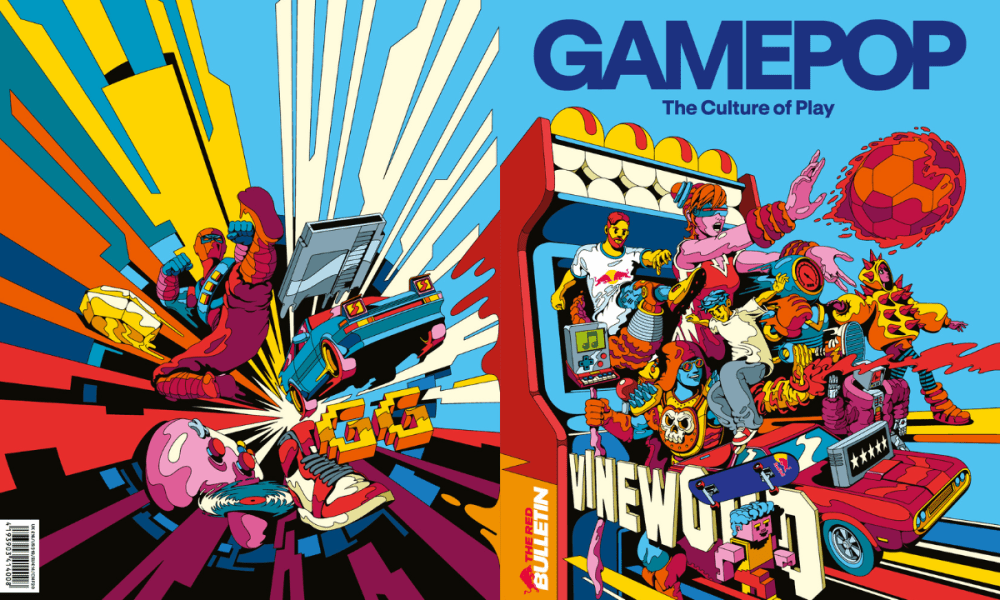


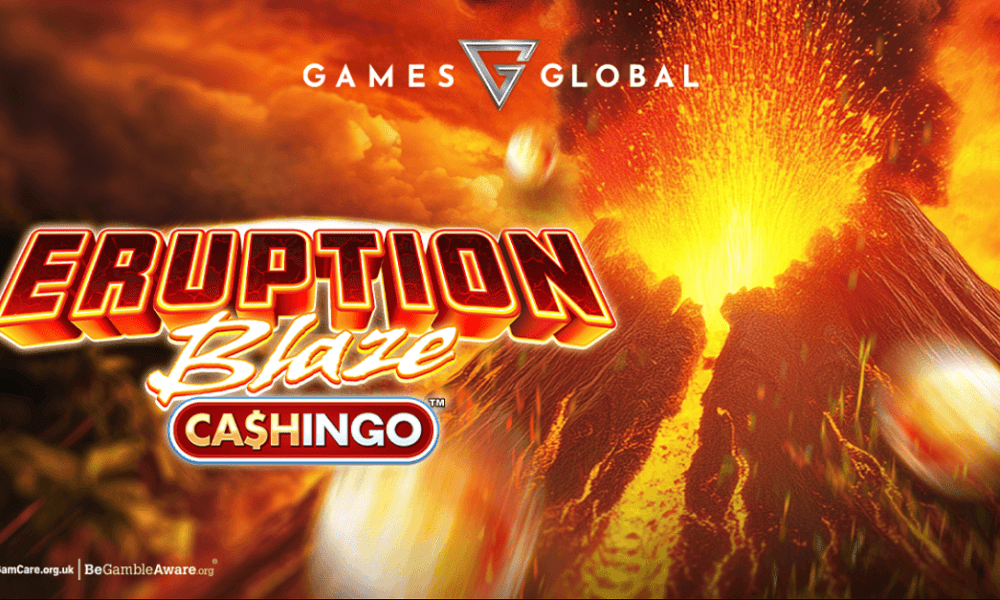



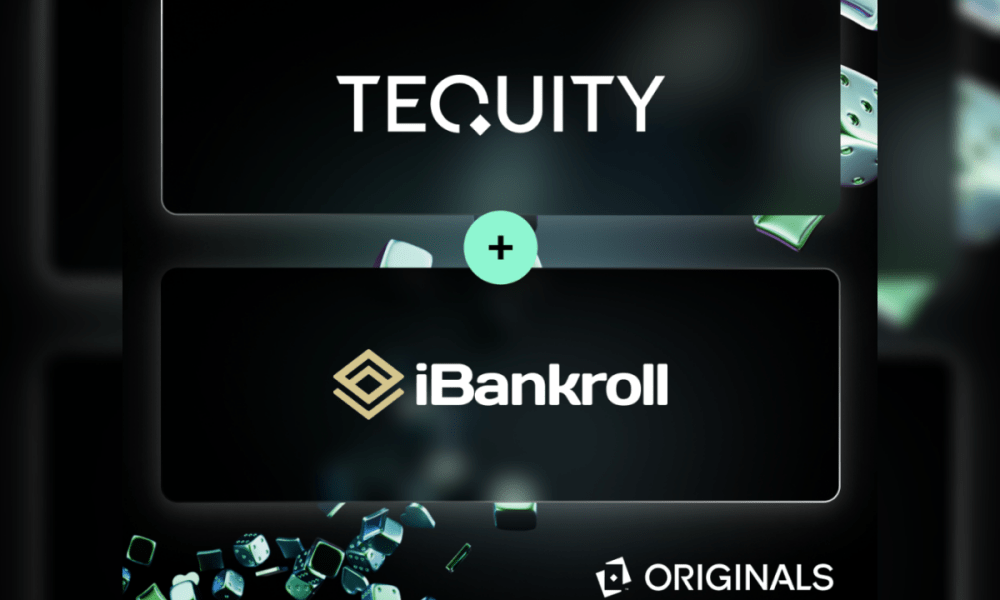
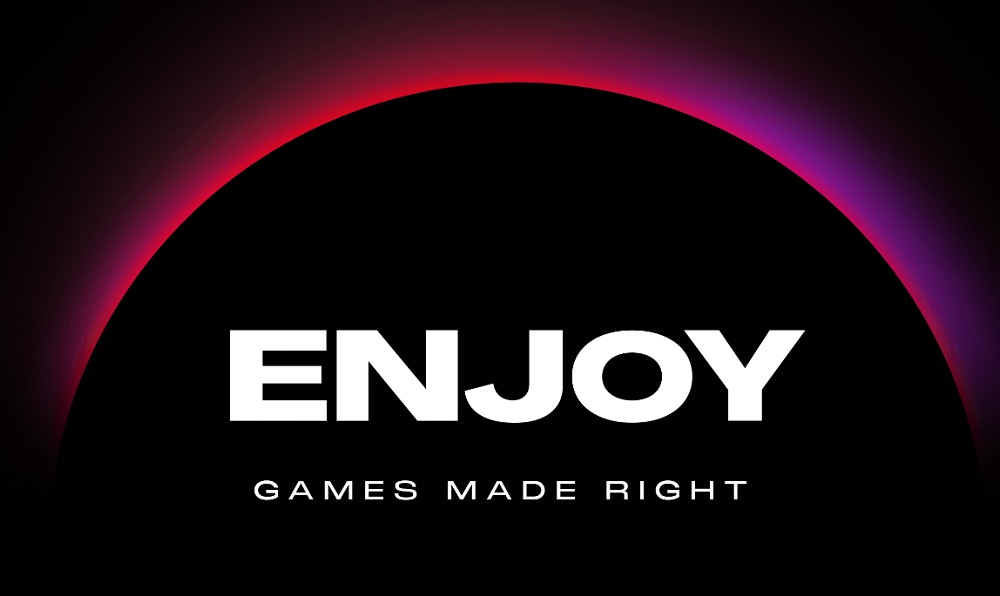
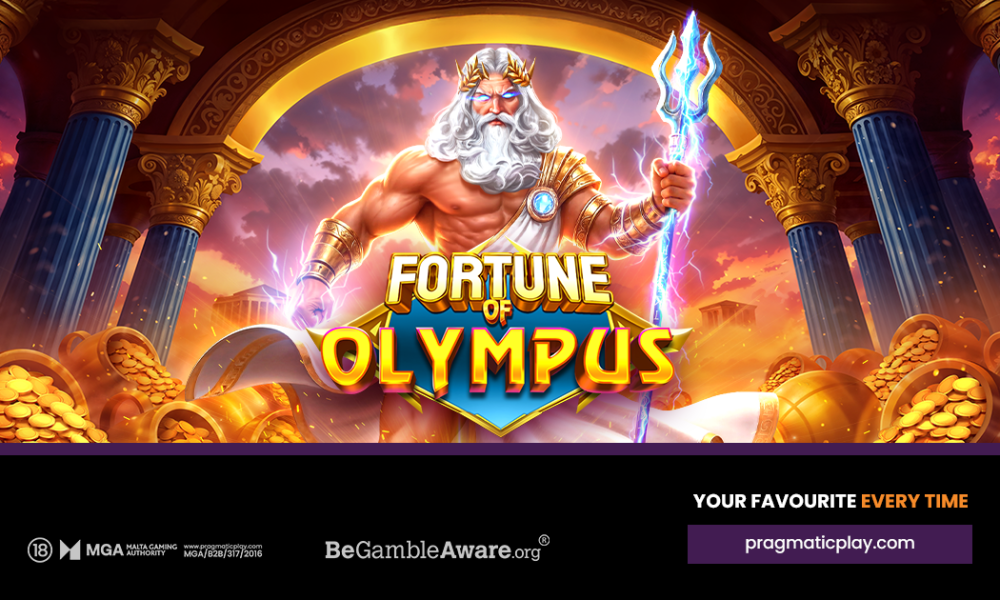
You must be logged in to post a comment Login